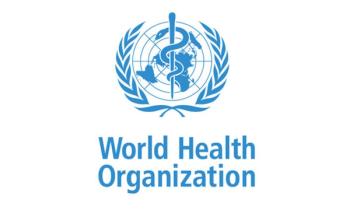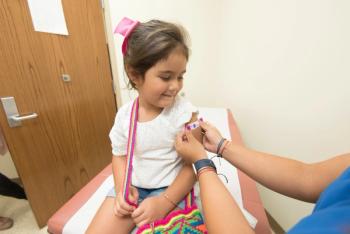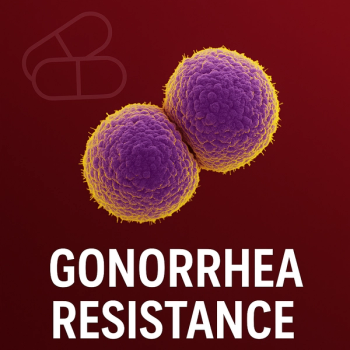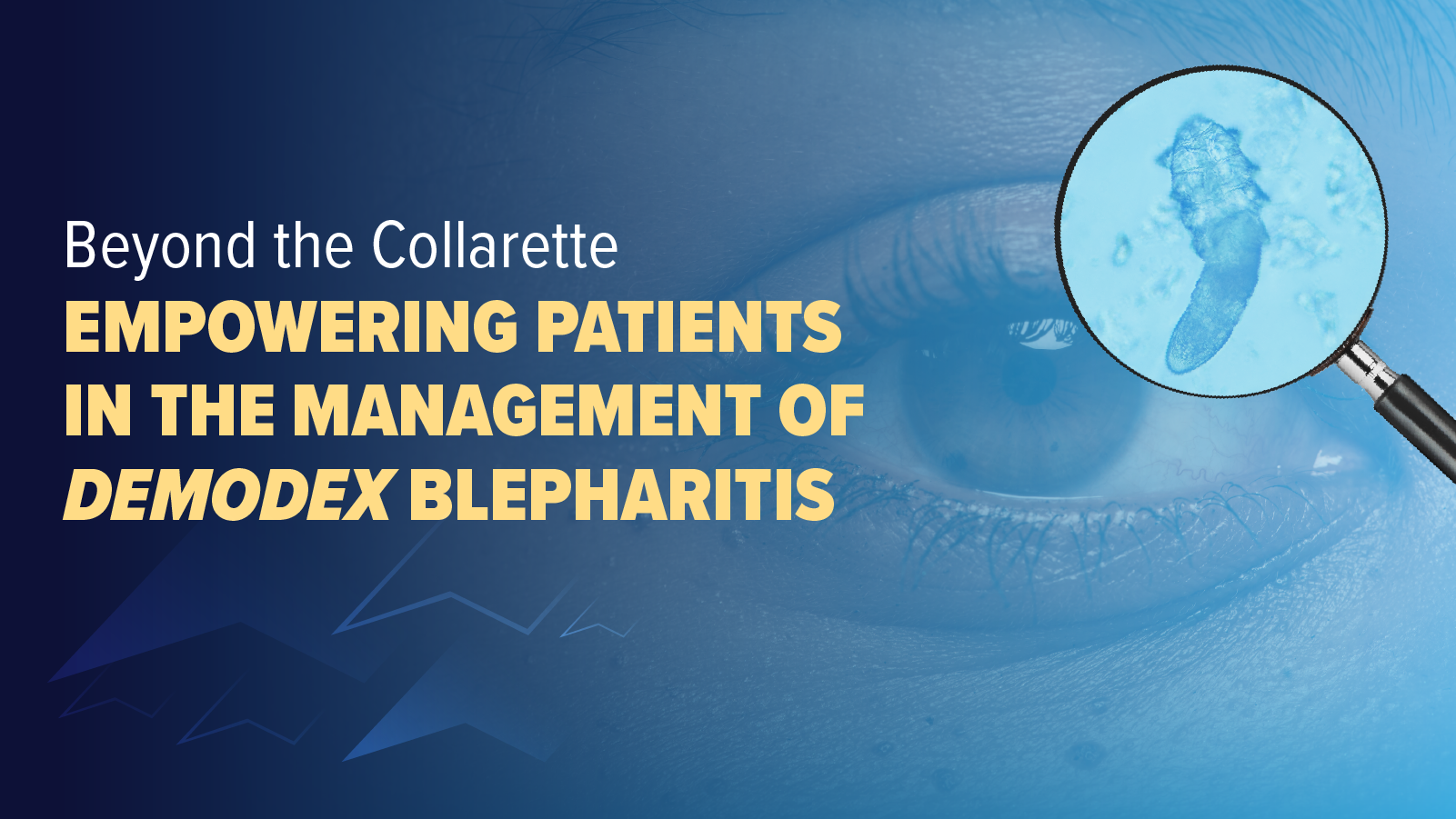
With Its Global Bacterial Meningitis Guidelines, WHO Aims to Speed Up Diagnosis, Treatment
The international organization’s first set of guidelines for this serious condition are looking to reduce mortality and morbidity.
Last month, the World Health Organization (WHO) published its first-ever global guidelines for meningitis diagnosis, treatment and care, aiming to speed up detection, ensure timely treatment, and improve long-term care for those affected. By bringing together the latest evidence-based recommendations, the guidelines provide a tool for reducing mortality and disability caused by the disease.1
The guidelines contribute to the broader Defeating Meningitis by 2030 Global Roadmap, adopted by WHO Member States in 2020, which aims to: eliminate bacterial meningitis epidemics, reduce cases of vaccine-preventable bacterial meningitis by 50% and deaths by 70%, and reduce disability and improve quality of life after meningitis. 1
Achieving these goals requires coordinated action across 5 key areas:
1.Diagnosis and treatment: Faster detection and optimal clinical management.
2.Prevention and epidemic control: Developing new affordable vaccines, achieving high immunization and coverage, and improving outbreak preparedness and response.
3.Disease surveillance: Strengthening monitoring systems to guide prevention and control.
4.Care and support for those affected by meningitis: Ensuring early recognition and improved access to care and support for after-effects from meningitis.
5.Advocacy and engagement: Increasing political commitment and inclusion in country plans, better public understanding of meningitis, and increased awareness of right to prevention, care and after-care services. 1
The Infection’s Impact
Despite effective treatments and vaccines against some forms of meningitis, the disease remains a significant global health threat. Bacterial meningitis is the most dangerous form and can become fatal within 24 hours. Many pathogens can cause meningitis with an estimated 2.5 million cases reported globally in 2019. This includes 1.6 million cases of bacterial meningitis which resulted in approximately 240 000 deaths. 1
Approximately, 20% of people who contract bacterial meningitis develop long-term complications, including disabilities that impact quality of life. The disease also carries heavy financial and social costs for individuals, families, and communities. 1
“Bacterial meningitis kills 1 in six of the people it strikes, and leaves many others with lasting health challenges," Tedros Adhanom Ghebreyesus, PhD, WHO Director-General said in a statement. "Implementing these new guidelines will help save lives, improve long-term care for those affected by meningitis, and strengthen health systems." 1
Here in the US, the impact is smaller but for those afflicted with the infection it can be quite severe. According to the Centers for Disease Control and Prevention, approximately 1,400 to 3,000 people in the US, or 1 in 100,000 are diagnosed with bacterial meningitis each year. Typically it affects mostly infants, children, college students, and the elderly.2
Presentation and Treatment
Initial presentation can often look like flu-like symptoms such as fever, headache, and a stiff neck. However, patients’ condition can worsen rapidly, and it is important to consider additional symptoms, such as altered mental status, like confusion, nausea, photophobia, and vomiting.3
A first line of treatment is intravenous antibiotics. Sometimes corticosteroids are part of the treatment to reduce swelling in the brain. Anti-seizure medication can be used and supportive care such as intravenous fluids are given to prevent dehydration and support other vital functions.4
For those who want to read the guidelines, interested parties can go
References
1.WHO launches first-ever guidelines on meningitis diagnosis, treatment and care. WHO press release. April 10, 2025. Accessed May 19, 2025.
https://www.who.int/news/item/10-04-2025-who-launches-first-ever-guidelines-on-meningitis-diagnosis--treatment-and-care
2.Meningitis. Mayo Clinic. Accessed May 19,2025.
https://www.mayoclinic.org/diseases-conditions/meningitis/diagnosis-treatment/drc-20350514 .
3.Meningococcal Disease Symptoms and Complications. CDC. August 30,2024. Accessed May 19, 2025.
https://www.cdc.gov/meningococcal/symptoms/index.html
4. Clinical Guidance for Meningococcal Disease. CDC. August 21,2024. Accessed May 19, 2025.
https://www.cdc.gov/meningococcal/hcp/clinical-guidance
Newsletter
Stay ahead of emerging infectious disease threats with expert insights and breaking research. Subscribe now to get updates delivered straight to your inbox.


















































































































































































































































































